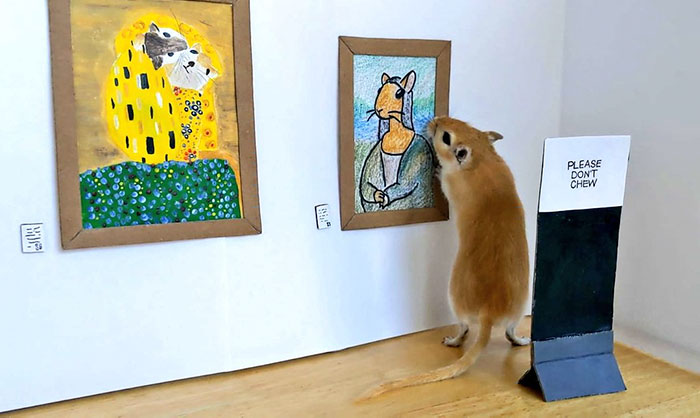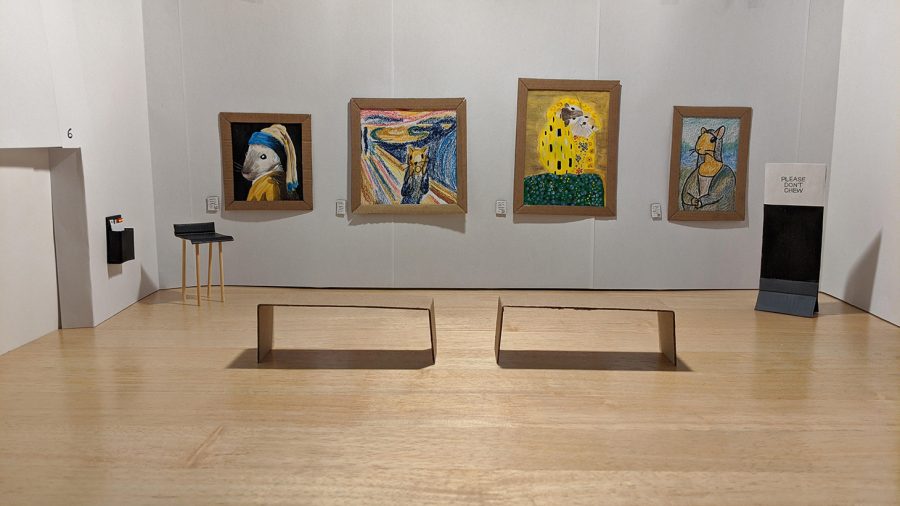The music of the Beatles, the most influential band of all time, has endured for more than five decades now. It also seems to have crossed all cultural boundaries: how many people around the world can listen to the recordings made together by John Lennon, Paul McCartney, George Harrison, and Ringo Starr, and claim to be hearing something alien? The sheer adaptability of the Beatles’ songs surely also has something to do with their staying power: they’re recognizable when played more or less as the Fab Four played them, and they’re just as recognizable when sung by completely different voices, played by completely different instruments, and set in completely different cultural contexts.
Take the cover of “Yellow Submarine” at the top of the post, performed not by Ringo Starr but by a Japanese Buddhist monk who calls himself Kossan. Accompanying himself only with the kinds of drums and gongs one would hear in a temple, Kossan makes the Beatles’ musical tale of life beneath the waves his own.
Critic Ian MacDonald calls the original “Yellow Submarine” a “sparkling novelty song impossible to dislike,” and viewers on Youtube have found this more monkish version equally irresistible. Kossan’s cover of the Ramones’ “Teenage Lobotomy” just above, whose distorted guitars sound both incongruous and very congruous indeed, has also begun to attract attention.
The original New York punk rockers may seem an even odder choice than the Beatles for a Buddhist monk, but not for this Buddhist monk, who’s put in his own time on the streets of the Big Apple. “Every weekend, Kazutaka Yamada straps on his blue Rollerblades and heads from his Chelsea apartment to the Upper East Side,” writes Corey Kilgannon in a 2007 post at The New York Times, referring to Kossan monk by his real name. “After navigating the city’s streets and gliding through Central Park, he stops in front of the Metropolitan Museum of Art,” where he “puts on black shoes and a large, cone-shaped straw hat, then holds out a wooden bowl and for hours on end, chants in Japanese the same four lines of a Buddhist prayer.” The Times also produced a video of Kossan’s public chanting, which includes a brief interview with the man himself.
More in-depth is this English-translated conversation at My Eyes Tokyo, in which Kossan tells of how his musical career began in Central Park: “When I was playing the sanshin on a bench, a guy gave me a dollar. I was surprised because I didn’t expect that at all. I was playing it there only because it was a nice day.” Thirteen years later he plays from his homeland to internet audiences around the world, performing not just hit songs from the West (and it would be hard to get more western than “We Will Rock You”), but Eastern rock as well, like “Linda Linda Linda” by Japanese punk icons The Blue Hearts. Even in this way, Kossan remains in a New York of the mind: “I’m totally Japanese and came from Japan so I stick to being a ‘100% pure Japanese’ here in New York,” as he told My Eyes Tokyo. “I believe that is a real New Yorker.”
via Boing Boing
Related Content:
Punk Dulcimer: The Ramones’ “I Wanna Be Sedated” Played on the Dulcimer
Hear 100 Amazing Cover Versions of Beatles Songs
Watch the Buddhism-Inspired Video for Leonard Cohen’s Newly-Released Song, “Happens to the Heart”
Based in Seoul, Colin Marshall writes and broadcasts on cities, language, and culture. His projects include the book The Stateless City: a Walk through 21st-Century Los Angeles and the video series The City in Cinema. Follow him on Twitter at @colinmarshall, on Facebook, or on Instagram.







